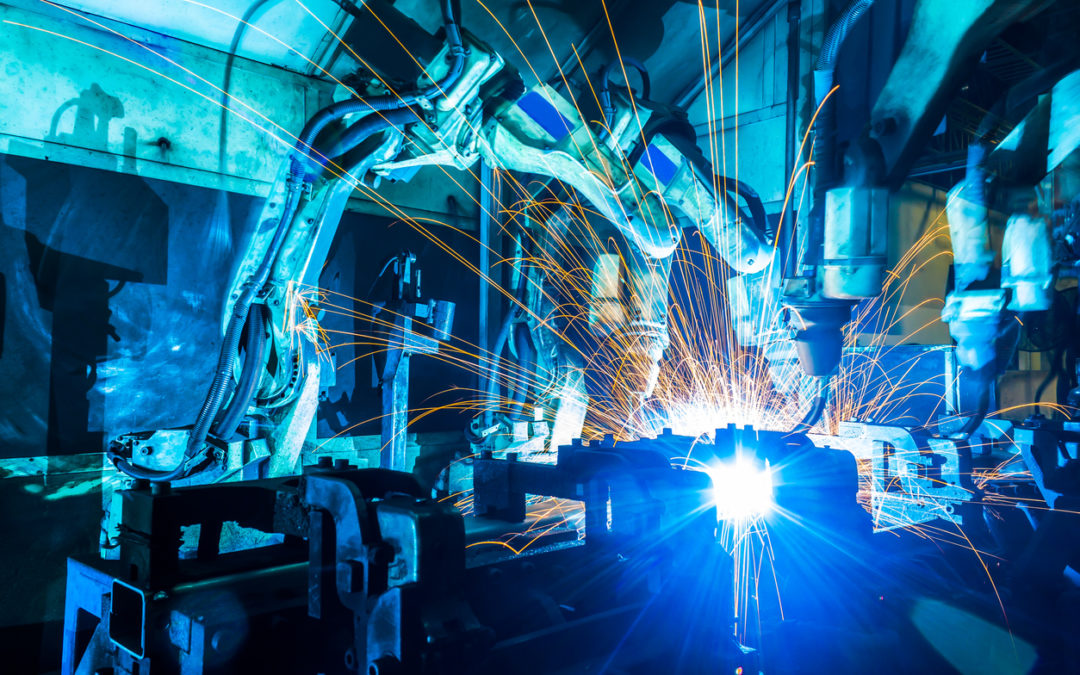This article, "R&D Tax Credits for Manufacturers," originally appeared on Doeren.com.
When most people think of research and development (R&D), they tend to think of technicians in a lab creating brand-new, state-of-the-art products. R&D takes place in many different fields, including manufacturing. The Internal Revenue Service (IRS) offers R&D tax credits for manufacturers that can save your company money. Unfortunately, many manufacturers don’t know about these credits. If your business creates something new, whether it’s a new product or a new process, you may qualify.
The R&D Tax Credit
The R&D tax credit, enacted in 1981, was developed to reward businesses for investing in the improvement of products and processes. Originally, the credit was only available to those who created products or processes that were new to the world. In 2003, this rule was changed so that the tax credit was available to companies who created products or processes new to them. The R&D tax credit became permanent in 2015 with the enactment of the PATH (Protecting Americans from Tax Hikes) Act. The Alternative Minimum Tax turn off also allowed for businesses making $50 million or less to take advantage of the tax credit. To this day, the R&D tax credit is one of the most lucrative incentives for businesses. It can be claimed by businesses in various industries.
How R&D Applies to the Manufacturing Industry
R&D is essential for the growth of the economy. Manufacturing businesses play a major role in creating and implementing new technologies that allow themselves, and other businesses, to stay competitive. Through R&D, manufacturing companies can create innovative, state-of-the-art products. You may also develop faster, greener or more efficient ways to produce the products you offer. Any of these activities may qualify you for R&D tax credits.
Qualifying Activities for the Manufacturing Industry
To qualify for R&D tax credits, the IRS has a four-part test. Your research activities need to meet these criteria for you to be eligible:
- The purpose of your R&D must be to create a new product or process, or you must be trying to improve existing ones.
- R&D must use hard sciences.
- You must show that you have tried to eliminate uncertainty in the development.
- You must also show that you have evaluated other methods for achieving your new product or process.
For the most part, if you are developing a new product or process in your manufacturing business, there is a good chance you qualify for the R&D tax credit. Qualifying activities for manufacturing businesses include:
- Developing new products.
- Designing tools, molds and dies.
- Developing prototypes and models.
- Developing new manufacturing processes.
- Improving existing products or processes.
- Designing new technologies for manufacturing.
- Implementing the use of automation to streamline your manufacturing process.
- Developing ways to reduce the cost of product development.
- Developing new ways that reduce the amount of time it takes to manufacture products.
R&D tax credits can help your manufacturing business to save money. Doeren Mayhew can help you to navigate the regulations and requirements to help you identify the R&D activities and expenses that qualify for tax credit. For more information, and for a complementary R&D tax assessment, contact our tax incentive advisors today.


